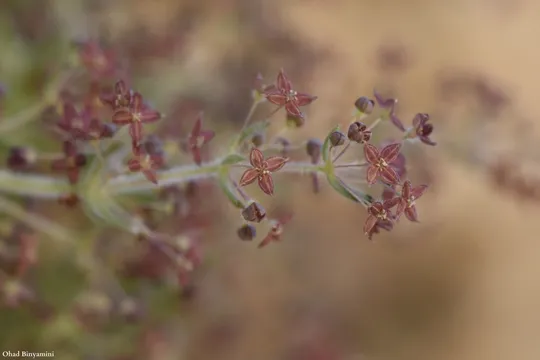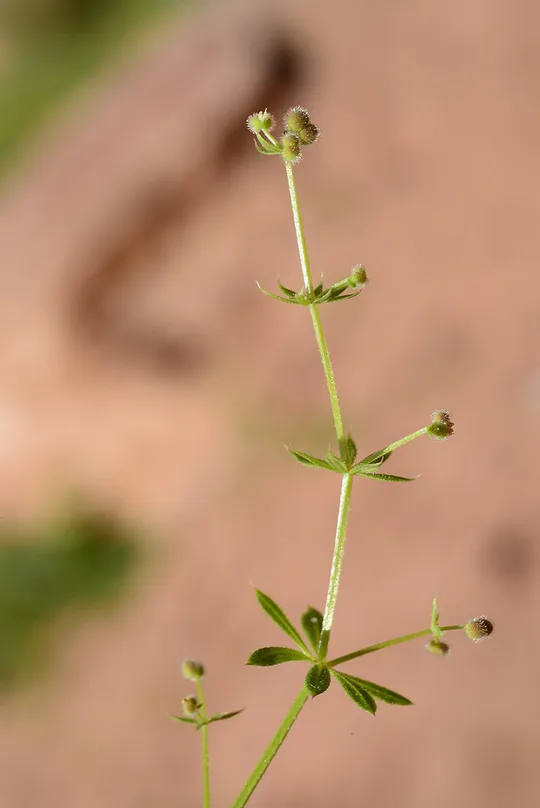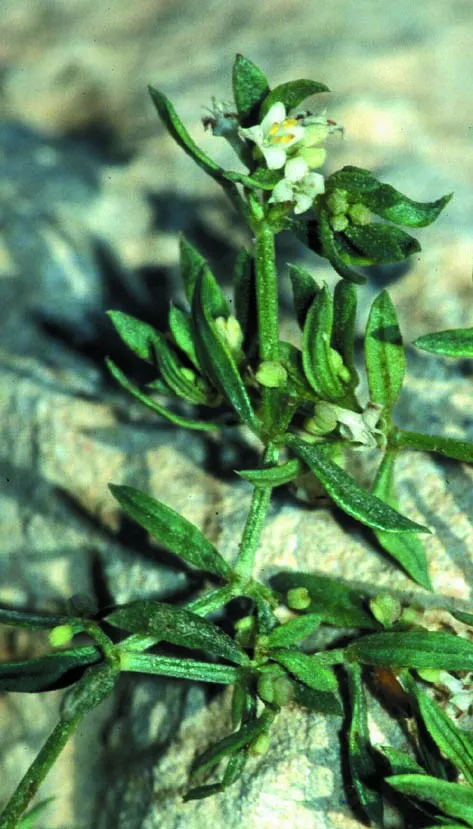Philistine Bedstraw
Galium philistaeum
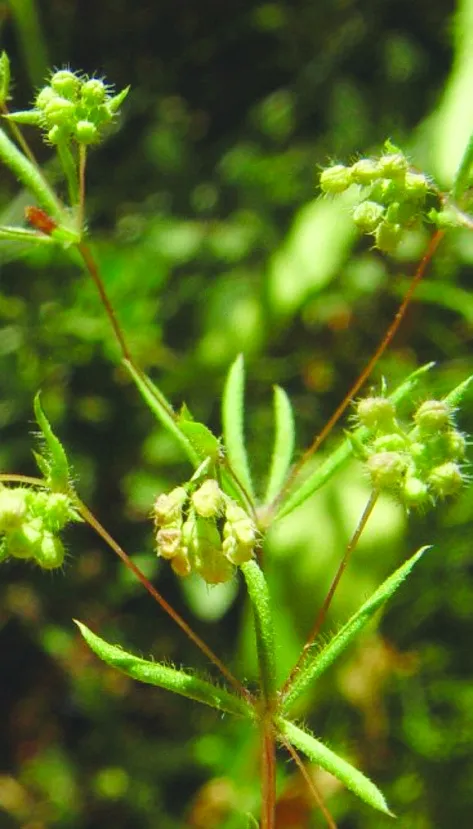
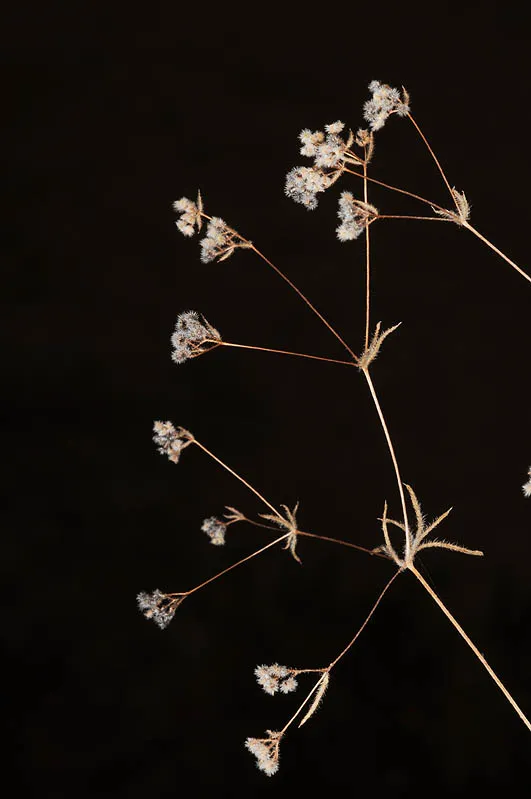
Galium philistaeum grows
today, as in
the past, only
in the Coastal Plain regions: Acre Valley, Sharon, Philistian Plain and the Gaza Strip (single collection by Eig from 1924). In addition, a single collection has been
kept from Dorot (1954),
slightly south of Wadi Shikma. Consequently the species was included in plant guides
and in the Flora Palaestina as growing in the northern Negev region as well. In 1983, G. philistaeum was collected from the Nir-Am Reserve. The
species was previously known from the section between Gedera-Gan Yavne-Plugot
Junction, but
in the
rare species survey it was not found in this region, nor in the area of Dorot or Erez, where it had been collected in the past. In the Acre valley too,
where it was collected on the Betset Beach up to 1983, the species was no longer found in the 1990s.
Stabilized sands and calcareous sandstone particularly
on Hamra soils on the coastal plain.
Galium philistaeum
is systematically close to and very similar to G. hierosolymitanum. Both species belong to
the group of annuals in the genus Galium with multiple leaves
in each whorl (more than 4) and linear leaves; the leaf edges are
reflexed, and the leaves are 3-8 times longer than the maximal width. In Israel, the following
species belong to this group: G. setaceum, G. cassium, G. hierosolymitanum and G. chaetopodum. G.
hierosolymitanum is the most common species in
the group, growing throughout the Mediterranean region. Its petals end in a point about half the petal length. G. chaetopodum is a rare species of deep soil found in northern
Israel, characterized by petals ending in a long point,
longer than the petal. G. philistaeum is similar to G. setaceum with its slender stems, but the corolla
of G. setaceum is smooth and scarlet in color, and its pedicel is very long. Boiss had included G. philistaeum as a variety of G. hierosolymitanum,
but Feinbrun (1976) thought that these were two independent species. G. philistaeum has two forms: the philistaeum variety, whose fruit
are covered in white hairs with hooked tips; and calvescens,
whose fruit is smooth with only a few close fitting hairs. The fruit of G. hierosolymitanum are generally completely smooth (in the common variety there are items
with slightly hairy fruit, a fact that confuses the independent taxonomic status
G.philistaeum).
·
The major factor
threatening Galium philistaeum is reduction
of its habitat due to the disappearance
of open, natural sandy areas and land of sandy origin on the coastal
plain.
·
Tens to hundreds of G. philistaeum
plants grow on a local patch. The population in the
patches is fragmented due to the
general fragmentation of natural sandy coastal plain habitats.
·
The total number of sites where G. philistaeum grows has decreased by half in the last 40
years (from 42 to 22). Most of the populations comprise dozens
of plants, and on several sites, hundreds
of individuals were also counted. Most of the marginal
populations of the southern Philistian Plain and the Gaza Strip (Parse, pers. comm.) are extinct.
·
G. philistaeum is endemic to Israel and its
extinction is equivalent to its global extinction.
·
The species grows
in the Tel Yitshak, Bney Tsion and Wadi Poleg nature reserves.
The Galium philistaeum populations
of East Ilanot should be monitored
(the largest population, which has therefore been proposed as
the main site, 500 plants were counted in 1966). A survey of the species in the Ruhama-Gvar’amNir Am should be conducted area to examine the issue of its extinction from the southern edges of the species distribution.
Galium philistaeum is endemic to
Israel and grows only on
the coastal plain, from the Betset beach in the Acre Valley to Rafi'ah in the Gaza Strip. Baierle (1993) recorded it from the
Dana Reserve in Edom.
Galium
philistaeum is a rare annual species of coastal plain sandy soil,
which is in danger
of extinction due to the continuous loss of its natural habitats. The importance of its
preservation results from the fact that this is an endemic species to Israel, and that the rate of its habitat destruction is rapid. The
Caesarea and Nordiya populations were wiped out completely due to development for
construction. This is one of the few plants endemic to the coastal plain whose distribution is limited to Israel and does not "deviate
slightly" to similar habitats on
the coast of southern Lebanon and/or to Sinai.
Current Occupancy Map
| 1000 squre meter pixel | 5000 squre meter pixel | 10000 squre meter pixel | |
|---|---|---|---|
| number of observations | 0 | 0 | 0 |
| in total pixels | 0 | 0 | 0 |
| Family | Rubiaceae |
| Classification | On the endangered species list |
| Ecosystem | Coastal area |
| Chorotype | Endemic (Eastern Mediterranean) |
| Conservation Site | Bney Tsion Reserve, East Ilanot |
| Rarity |
1
2
6
|
|---|---|
| Vulnerability |
0
4
4
|
| Attractiveness |
0
0
4
|
| Endemism |
0
4
4
|
| Red number |
1
5.3
10
|
| Peripherality | 0 |
| IUCN category | DD EW EX LC CR EN VU NT |
| Threat Definition according to the red book | Critically endangered |
 Based on:
Based on:
